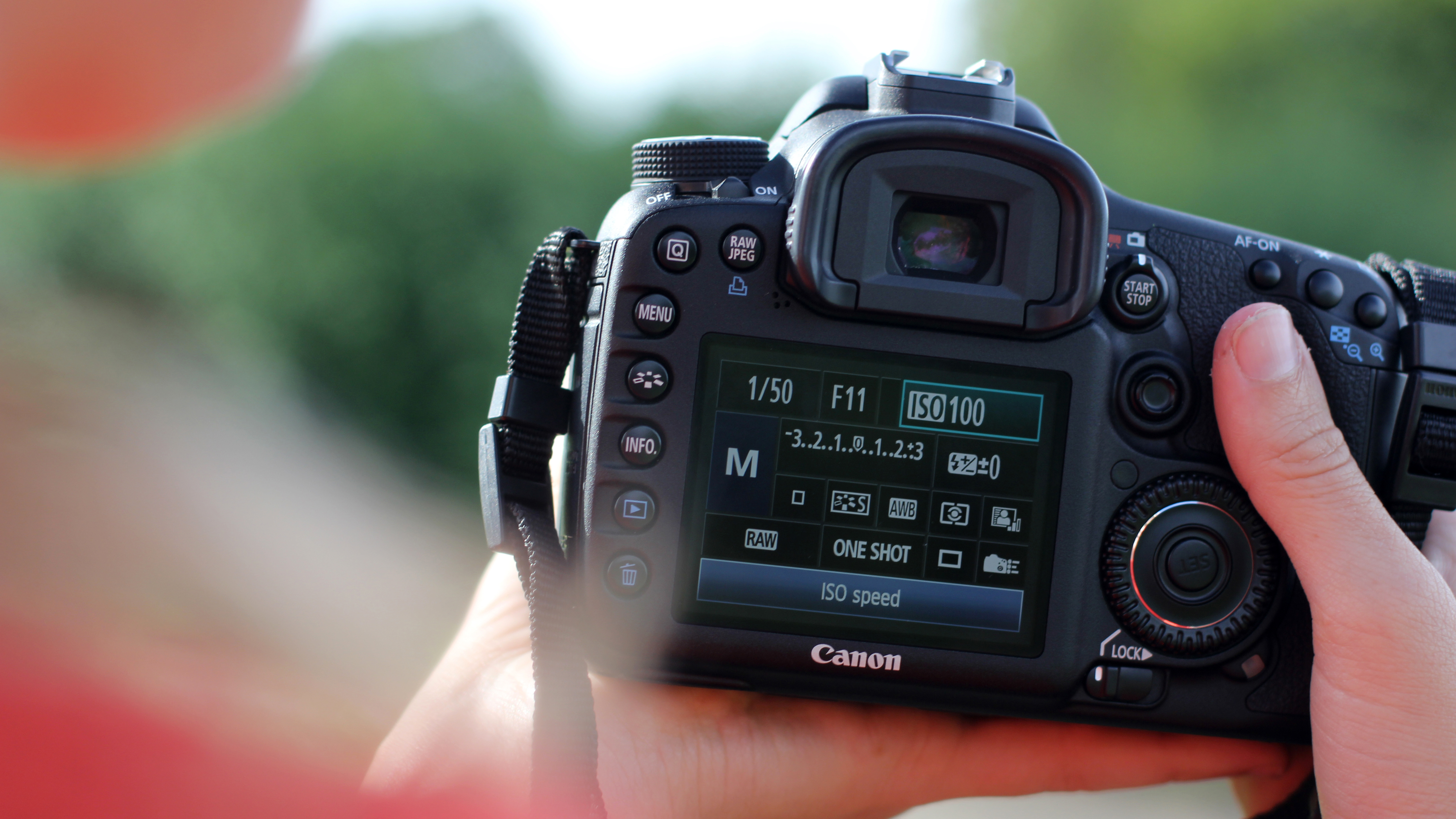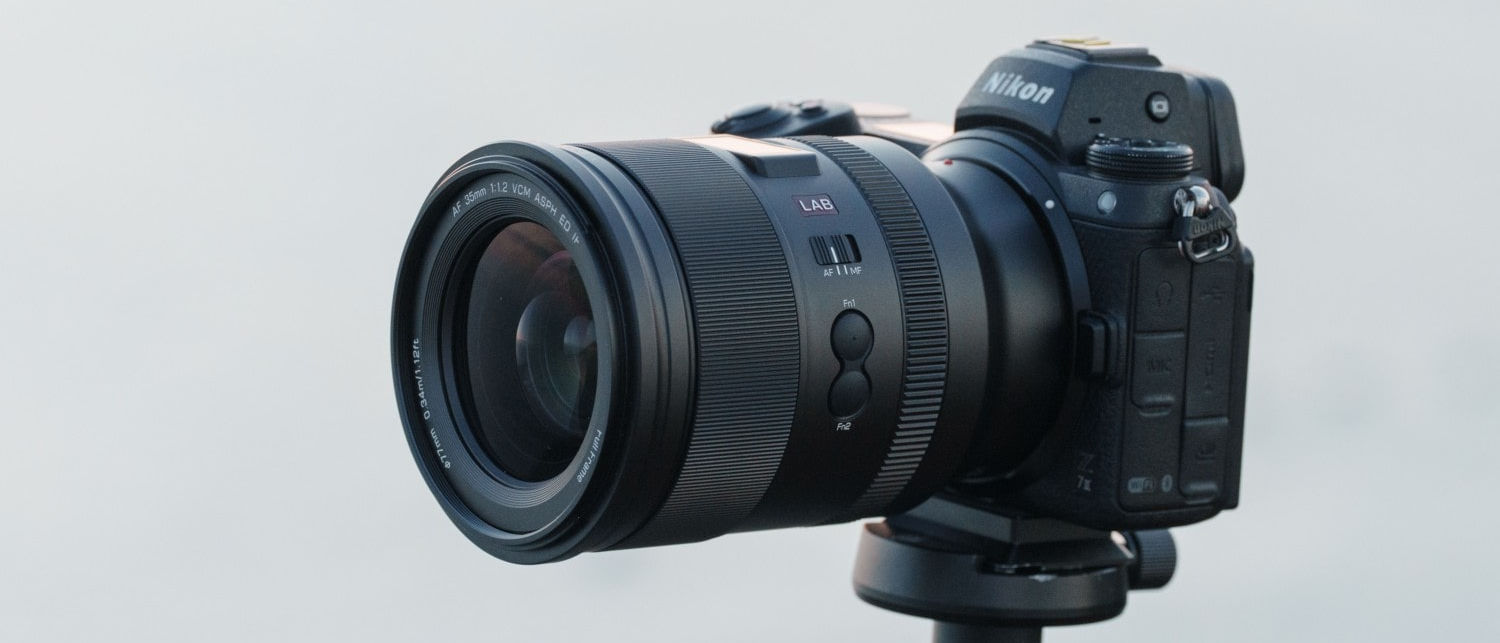Why you should set a high ISO for better shots on your Canon camera
Why you should be raising the ISO setting on your Canon camera to improve the quality of your photographs

I love a good sharp shot like many of us, and I’m not worried about raising the ISO on my camera to get it. Current cameras are a marvel of electronics, giving us the ability to easily capture shots that weren’t possible ten years earlier. So I’m often left questioning the wisdom of long established photographers who just can’t seem go beyond ISO400.
It’s absolutely true that noise increases and becomes more visible as ISO rises. If you need a refresher on ISO, here's how to understand ISO settings. Since the first Canon EOS D30 DSLR launched in 2000, CMOS image sensor technology, and noise reduction processing tools have seen major advances. This means that while you might have had a bad impression from ISO1600 film, you shouldn’t avoid ISO1600 on a digital camera. My own recollection of ISO1600 print film was grain that was visible on 6x4 inch prints.
• Looking for the best Canon camera?
A valuable benefit of increased light sensitivity is the ability to use even faster shutter speeds. Faster shutter speeds freeze the movement of the subject itself – this movement can’t be eliminated with any kind of image stabilization. For the last few years I’ve been using much faster shutter speeds in my own photography, and enjoying the resulting increased sharpness in my shots.
To confirm AF accuracy of the EOS R6, I’ve been shooting more at 1/2000 sec than 1/500 sec, and this means ISO has to be 2-stops higher, but my results are better since it’s clear my subject is sharp.
Show your sensitive side
Much has been made of the advances in stabilization – the introduction of rigid carbon fiber tripods, image stabilizers in lenses, and in-body image stabilizers. These each have a positive effect to help photographers achieve sharper shots, but only for a subject that’s not breathing or moving. The rising image resolution of cameras, and on-camera monitors used to view images, has enabled us to see the shortcomings in our pictures.
It’s a great idea to go back and check on some of your old shots to critically review them. I’m convinced that you’ll realize it’s the one adjustment you need to make in your process of creating sharper photographs.
The best camera deals, reviews, product advice, and unmissable photography news, direct to your inbox!
Once I’ve processed an image (perhaps using the best noise-reduction software), and posted it online or my website, it’s all but impossible to tell ISO400 from ISO3200 shots. And for normal size prints up to A3, I can’t tell either.
Ultimately, a sharp shot with a little noise is much better than a badly blurred photo.
Brian is a freelance photographer and photo tutor, based in Oxfordshire. He has unrivaled EOS DSLR knowledge, after working for Canon for over 15 years, and is on hand to answer all the EOS and photographic queries in Canon-centric magazine PhotoPlus.
- Lauren ScottFreelance contributor/former Managing Editor

